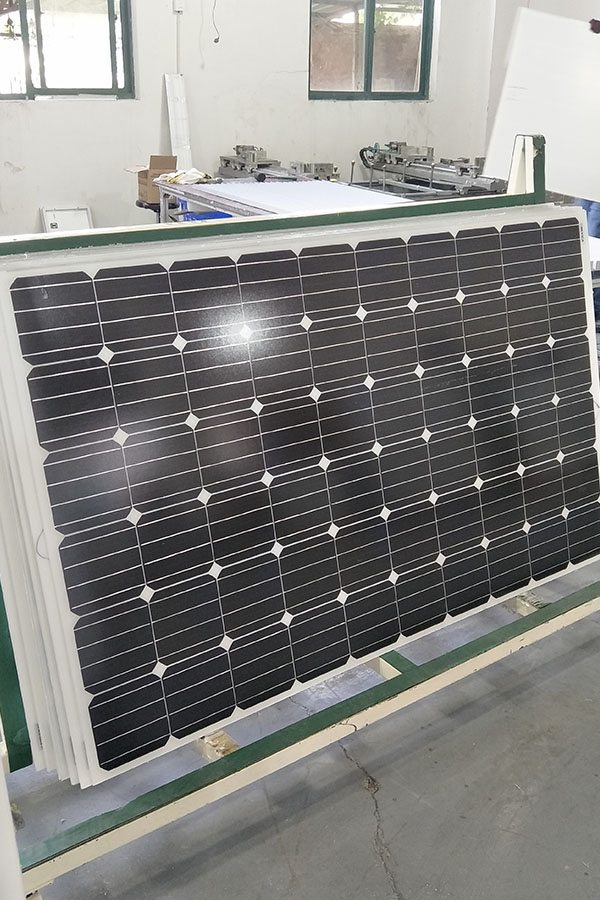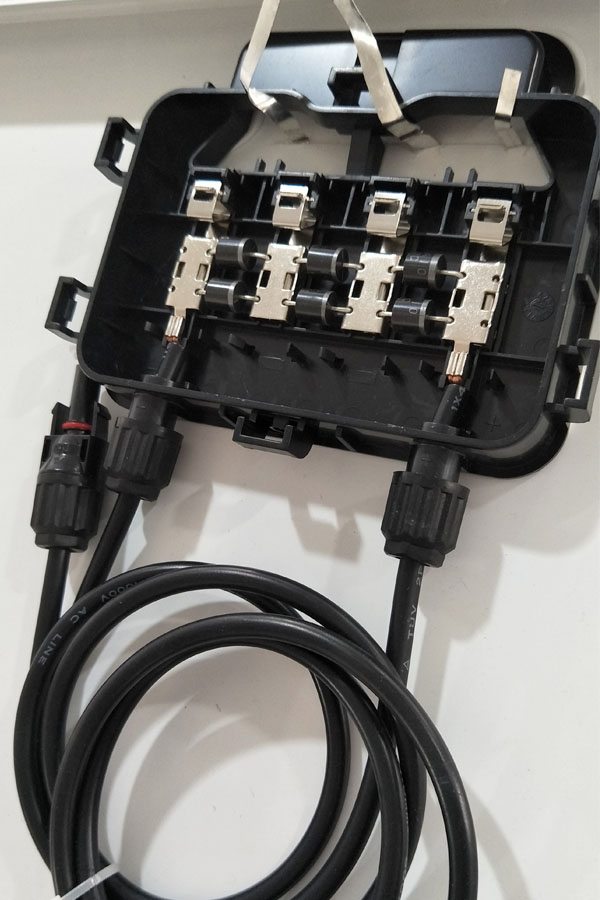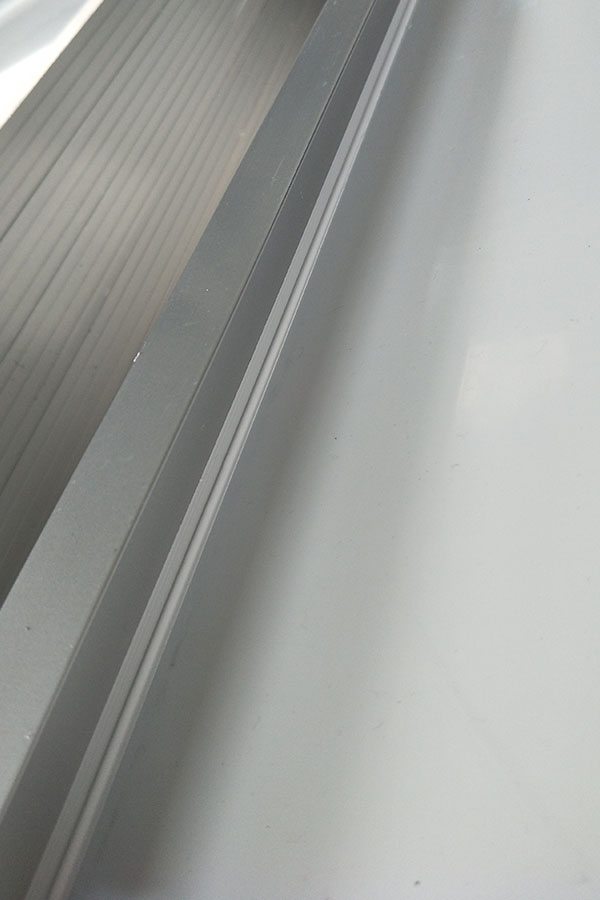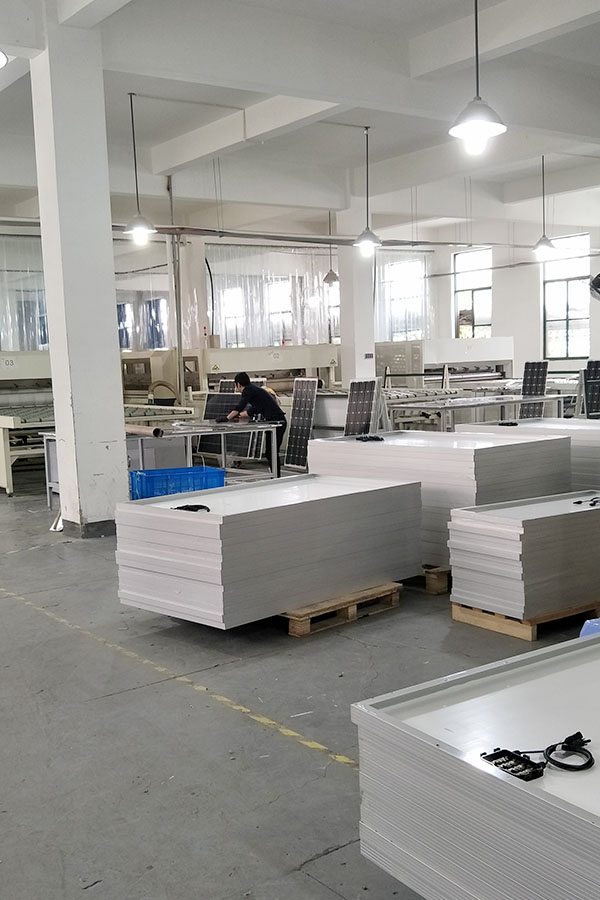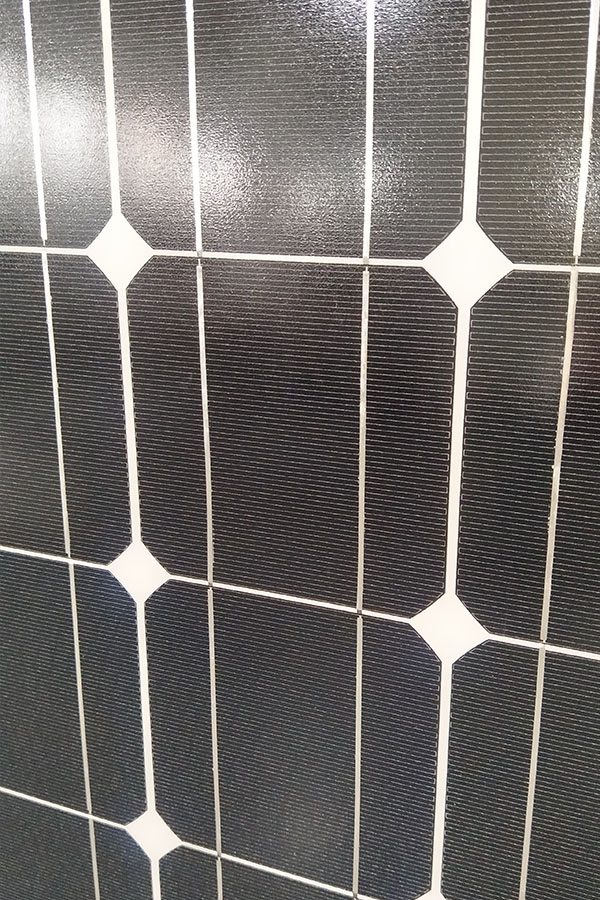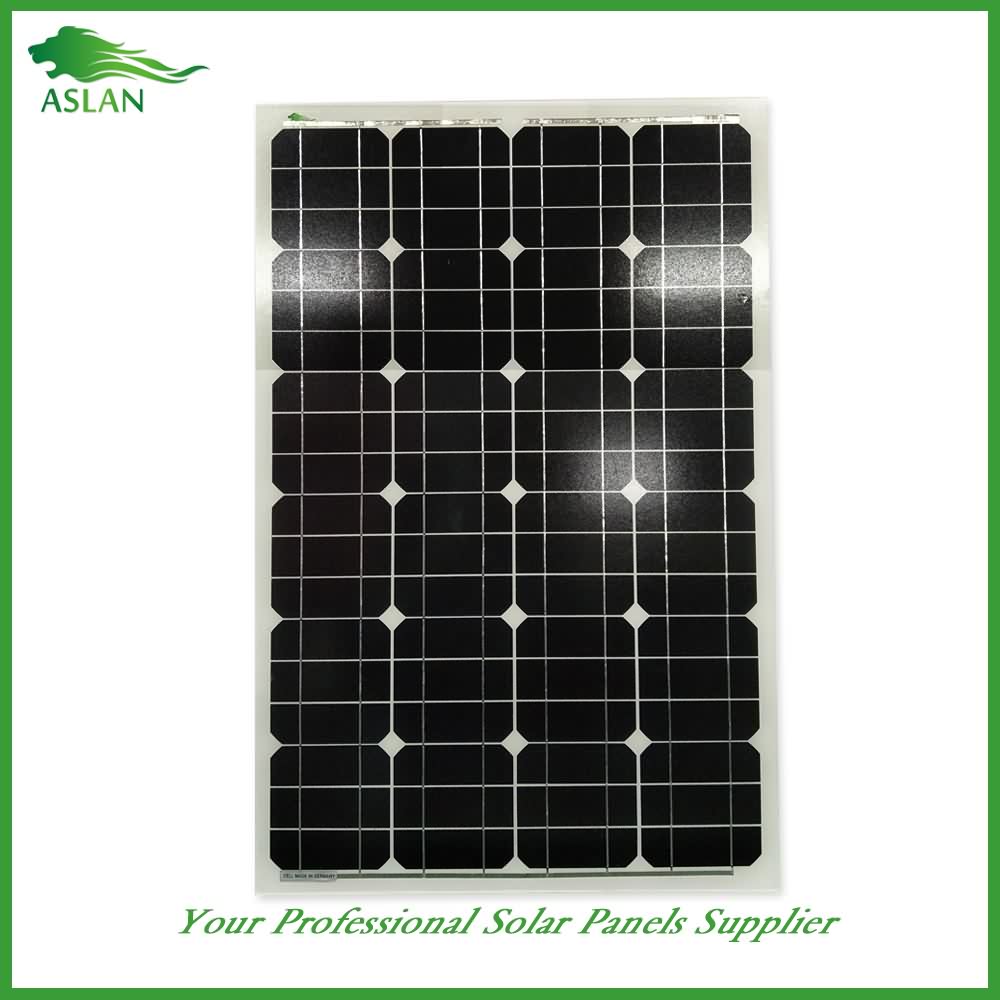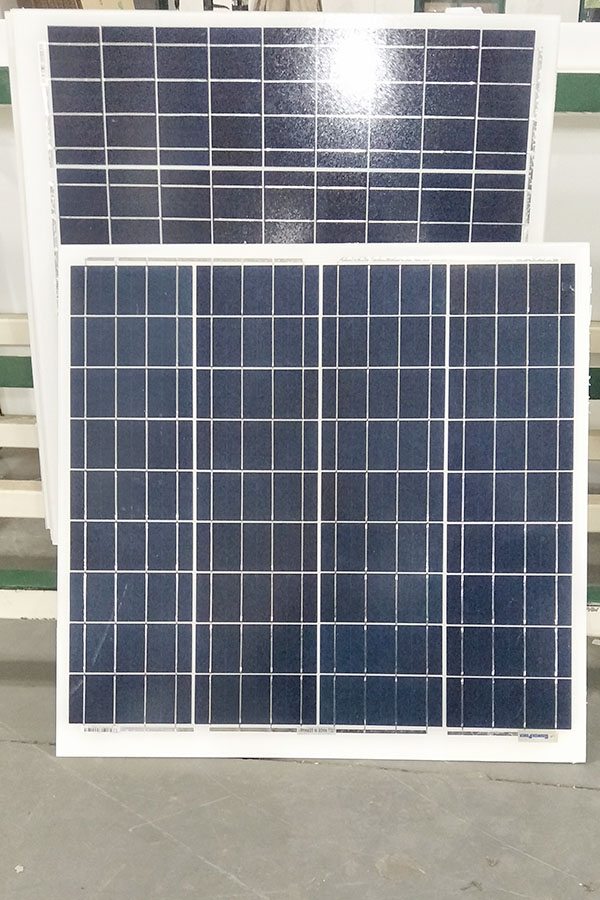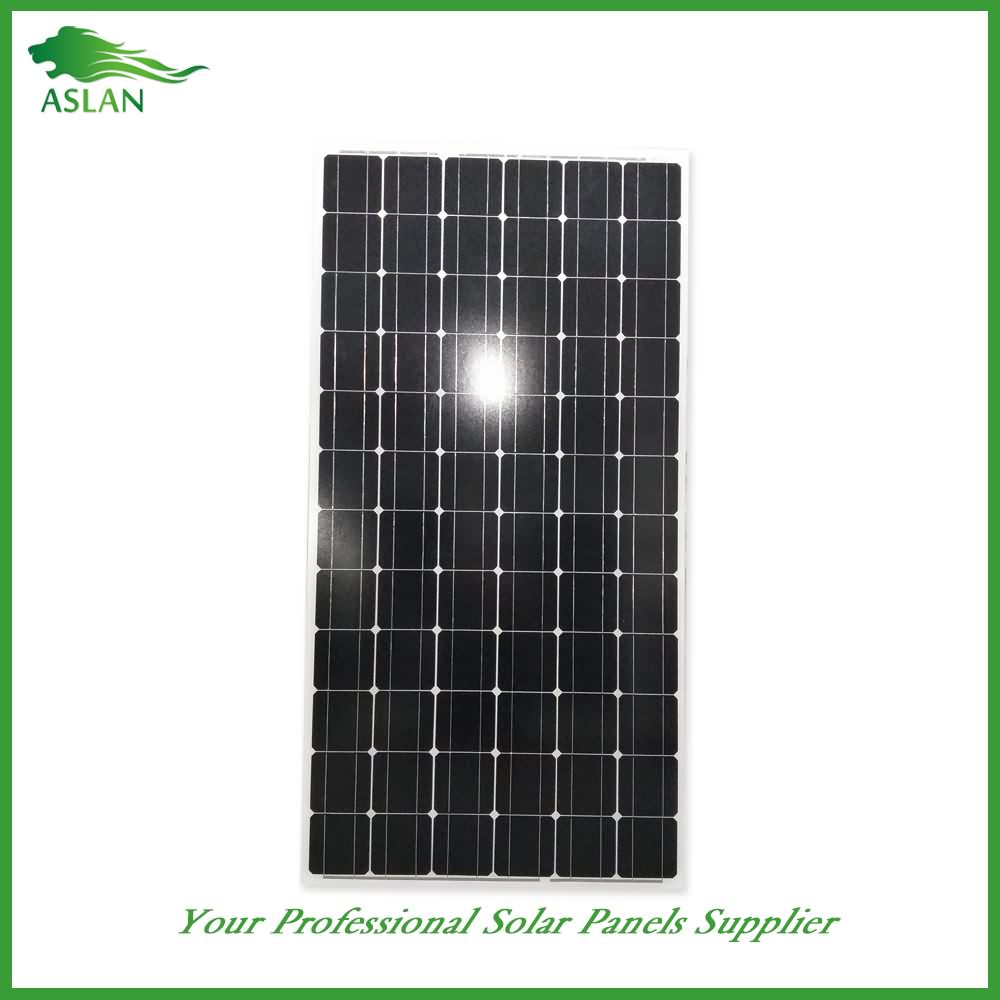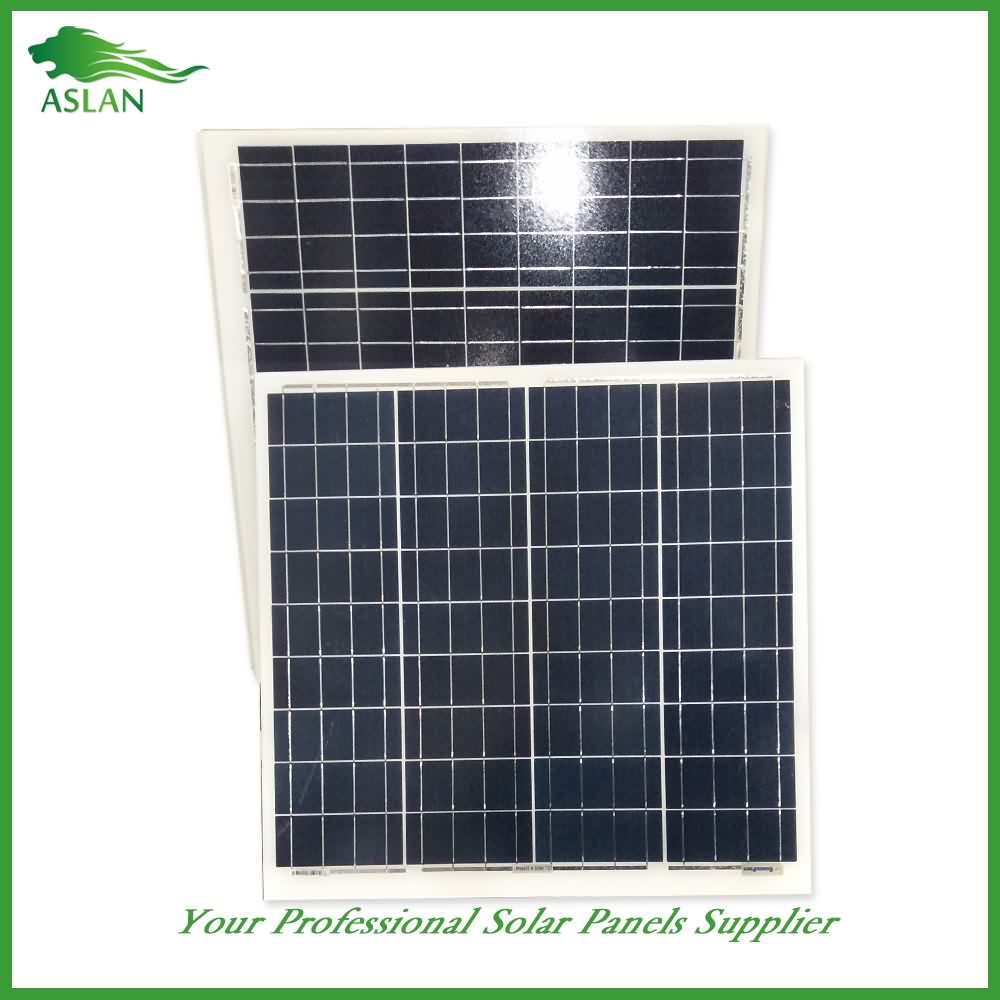OEM China High quality Mono-Crystalline 250W Solar Panel Factory in Canberra
Short Description:
Our products are widely recognized and trusted by users and can meet continuously developing economic and social needs for OEM China High quality Mono-Crystalline 250W Solar Panel Factory in Canberra, We welcome new and old customers from all walks of life to contact us for future business relationships and achieving mutual success!
Mono-Crystalline 250W Solar Panel
Technical parameter
Maximum Power(W) 250W
Optimum Power Voltage(Vmp) 30.3V
Optimum Operating Current(Imp) 8.29A
Open Circuit Voltage(Voc) 36.76V
Short Circuit Current(Isc) 8.91A
Mechanical Characteristics
Cell Type Monocrystalline 156x156mm (6 inch)
No of Cell 60 (6x10pcs)
Dimensions 1640x990x40mm
Weight 18.0KGS
Front Glass 3.2mm,High Transmission, Low Iron,Tempered Glass
Junction box IP65 Rated
Output Cable TUV 1×4.0mm2/UL12AWG,Length:900mm
Temperature and Coefficients
Operating Temperature(°C): -40°C ~ + 85°C
Maximum System Voltage: 600V(UL)/1000V(IEC) DC
Maximum Rated Current Series: 15A
Temperature Coefficients of Pmax: -0.47%
Temperature Coefficients of Voc: -0.389%
Temperature Coefficients of Isc: 0.057%
Nominal Operationg Cell Temperature (NOCT): 47+/-2°C
Materials of solar panel
1).Solar Cell——Mono-crystalline solar cell 156*156mm
2).Front Glass——-3.2mm, high transmission, low iron, tempered glass
3).EVA——-excellent anti-aging EVA
4).TPT——-TPT hot seal made of flame resistance
5).Frame——anodized aluminum profile
6).Junction Box——-IP65 rated, high quality, with diode protection
Superiority: high quality anodized aluminum frame, high efficiency long life, easy installation, strong wind resistance, strong hail resistance.
Features
1. High cell efficiency with quality silicon materials for long term output stability
2. Strictly quality control ensure the stability and reliability, totally 23 QC procedures
3. High transmittance low iron tempered glass with enhanced stiffness and impact resistance
4. Both Polycrystalline and Mono-crystalline
5. Excellent performance in harsh weather
6. Outstanding electrical performance under high temperature and low irradiance
Quality assurance testing
Thermal cycling test
Thermal shock test
Thermal/Freezing and high humidity cycling test
Electrical isolation test
Hail impact test
Mechanical, wind and twist loading test
Salt mist test
Light and water-exposure test
Moist carbon dioxide/sulphur dioxide
What is CRYSTALLINE SILICON? What does CRYSTALLINE SILICON mean? CRYSTALLINE SILICON meaning – CRYSTALLINE SILICON definition – CRYSTALLINE SILICON explanation.
Source: Wikipedia.org article, adapted under https://creativecommons.org/licenses/by-sa/3.0/ license.
Crystalline silicon (c-Si) is the crystalline forms of silicon, either multicrystalline silicon (multi-Si) consisting of small crystals, or monocrystalline silicon (mono-Si), a continuous crystal. Crystalline silicon is the dominant semiconducting material used in photovoltaic technology for the production of solar cells. These cells are assembled into solar panels as part of a photovoltaic system to generate solar power from sunlight.
In electronics, crystalline silicon is typically the monocrystalline form of silicon, and is used for producing microchips. This silicon contains much lower impurity levels than those required for solar cells. Production of semiconductor grade silicon involves a chemical purification to produce hyperpure polysilicon followed by a recrystallization process to grow monocrystalline silicon. The cylindrical boules are then cut into wafers for further processing.
Solar cells made of crystalline silicon are often called conventional, traditional, or first generation solar cells, as they were developed in the 1950s and remained the most common type up to the present time. Because they are produced from 160–190 µm thick solar wafers—slices from bulks of solar grade silicon—they are sometimes called wafer-based solar cells.
Solar cells made from c-Si are single-junction cells and are generally more efficient than their rival technologies, which are the second-generation thin film solar cells, the most important being CdTe, CIGS, and amorphous silicon (a-Si). Amorphous silicon is an allotropic variant of silicon, and amorphous means “without shape” to describe its non-crystalline form.
All you need to know about 50KW Solar on Grid system is here.
Requirements-
• 200 Solar Panels (each 250W)
• 3 Junction Box
• 50KW Grid Tie Inverter*
• Main Supply
• 600 square meters Rooftop Area (Shadow free)
*A Grid Tie Inverter is connected to the mains supply (Grid) to generate power from solar energy and feed it into the grid or mains via net meter.
Benefits-
• Saves electricity bills.
• Works at 98% efficiency
• Work in most extreme weather conditions.
For convenient purchase/ To buy, try/Click: http://sukam-solar.com/best-grid-tie-solar-inverter-in-india/#buynow
To know more about other products & projects, visit & follow on:
https://www.youtube.com/user/SukamIndia
https://www.facebook.com/Sukampowersystem/?fref=ts
https://www.instagram.com/sukam_solar/?hl=en
https://twitter.com/search?q=SU-KAM%20POWER&src=typd
http://sukam-solar.com/solar-projects/
https://www.linkedin.com/company-beta/242365/
http://sukam-solar.com/wp-content/uploads/Brainy-S-5-5kva-Static-Solar-Inverter-Brochure.pdf
http://sukam-solar.com/
Your queries will be answered within 24 hours.
Feel free to Ask.
